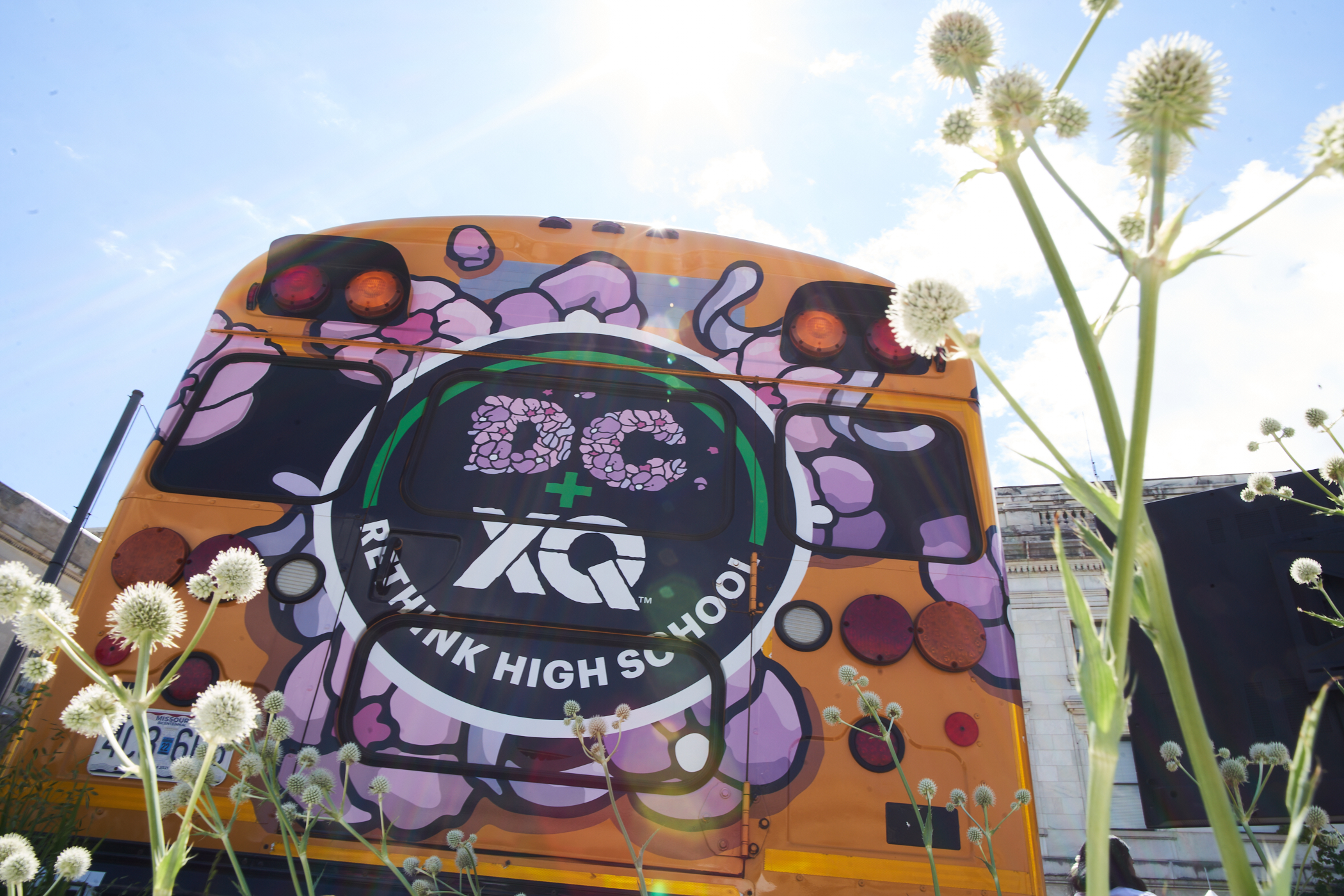This is what back to school training for teachers should look like
This Memphis high school changed what professional development for their teachers looks like by putting empathy at the core. Here's how they did it, and how you can too.

Putting the “who” before the “what” at Crosstown High.
In many school settings, back-to-school professional development is a water-hose of logistics, policies, schedules, procedures, and expectations. Often, the when, where, and how of the school year take center stage. Though these details are necessary for a successful start, the who can unintentionally become secondary, and the where is taken for granted as merely incidental. But people and place are essential cultural ingredients, and creating a healthy, inclusive culture is crucial if students and teachers are going to thrive.
At Crosstown High, our context is a city with historic divides along geographical, cultural, racial, and socioeconomic lines. According to a 2018 study by Chalkbeat, school segregation in Memphis is “worse than 50 years ago.” We are seeking to break those barriers through our “diverse by design” model. At the start of this school year, our 9th grade class will represent 36 middle schools throughout the city. Last year, that number was 25. On our staff, we have first-year teachers and twelfth-year teachers; some Memphis-born, and some who just moved here; some with a decade of public school experience, and some who have taught in private schools.
And so, as new staff showed up on the first day of orientation recently, we placed the who front and center. For many students and teachers, the education system has been a dehumanizing environment. School is often transactional rather than transformational; that applies to instruction, assessment, discipline, and teacher development. But if education is truly going to be transformational, it has to be centered around relationships. With that in mind, we prioritized staff culture at the onset of professional development. Within the first 20 minutes of new staff orientation, teachers were engaged in team-building activities that brought out unique personalities, encouraged vulnerability, and left everyone laughing. During a break, one teacher embarking on his first year confessed that he had expected to have to “stuff down” aspects of his personality for the first few months of the school year. He was grateful that he was encouraged to be his own quirky self. Teachers, just like students, have the same innate desire to be known–to be valued for who they are.
Our 9th grade students spend much of the year exploring the question, “Who am I?” As students consider their own unique identities, they also begin to value and celebrate their peers. Eventually, the focus becomes the importance of belonging to a community made up of a diverse group of individuals. This journey takes intentionality and hard work. It is messy work, requiring a good deal of humility and patience, along with a “fail forward mentality.” It also requires empathy. For teachers, empathy is an ever-widening understanding of our students as complex human beings. Empathy means emphasizing the “whole child” for certain, but it also means keeping in mind that developmental, emotional, and environmental factors impact what we see and hear in our classrooms.
Since where we’re from impacts who we are, our principal, Alexis Gwin-Miller, gave us a unique task during that first day of staff professional development. She began by breaking down our student body by zip code, listing schools and streets central to neighborhoods throughout the city. We were then sent out in small groups with the goal of visiting three separate zones and conducting empathy interviews at each stop. We spent the next few hours fanning out across the city, meeting people in parks, at community centers, parking lots, front porches, and corner stores. We talked about Memphis’ past, present, and future. We asked lots of questions: how does it feel to live in your neighborhood? What is great about where you live? What are the challenges? We asked about school: what did you love about your school experience? If you could change one thing about your school or your children’s school, what would it be? We learned about the rich history of our city’s neighborhoods, about the legacy of school traditions, about perennial inequities, about the intersection of politics and education, about the shared desire for people to come together to tackle community problems. We drove down streets that were home for some of us, but were new to others. As we all sat down together at the end of the day, we brought the stories we had gathered. When shared together, these stories gave us more context for our students’ lives and for the mission of Crosstown High–our why.
As the week went on, we began to design our projects and get our heads around some of the details of the year. But the planning, which is often merely an intellectual activity, was informed by the heart. Throughout the year, our students use the design thinking process to design solutions for complex problems. They learn to begin with empathy before ideating and creating. As they prototype, test, and gather feedback, students are constantly reminded to circle back to the human beings at the center of their design. In that way, they are engaged: heart, head, and hands. As our year began, we were reminded that our schools should be the embodiment of this design thinking process. We should always be asking, who is this for? Where are we, and how does our context impact what we do? In this way, we circle back perpetually to the heart.









